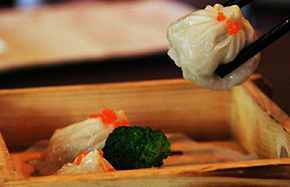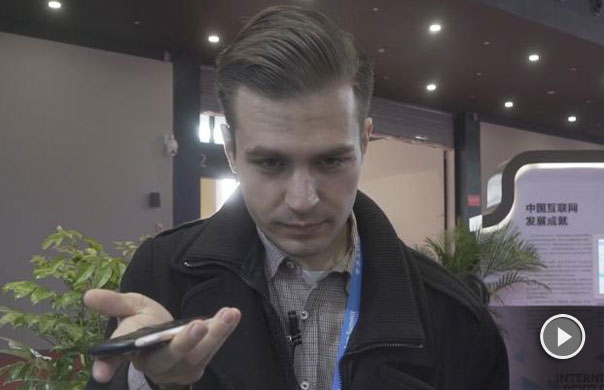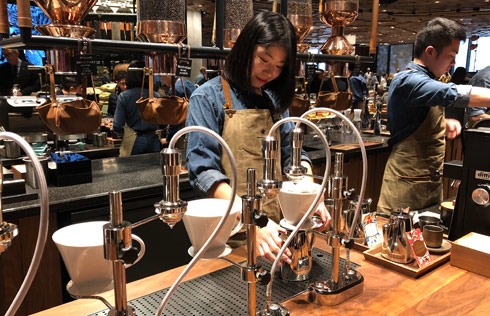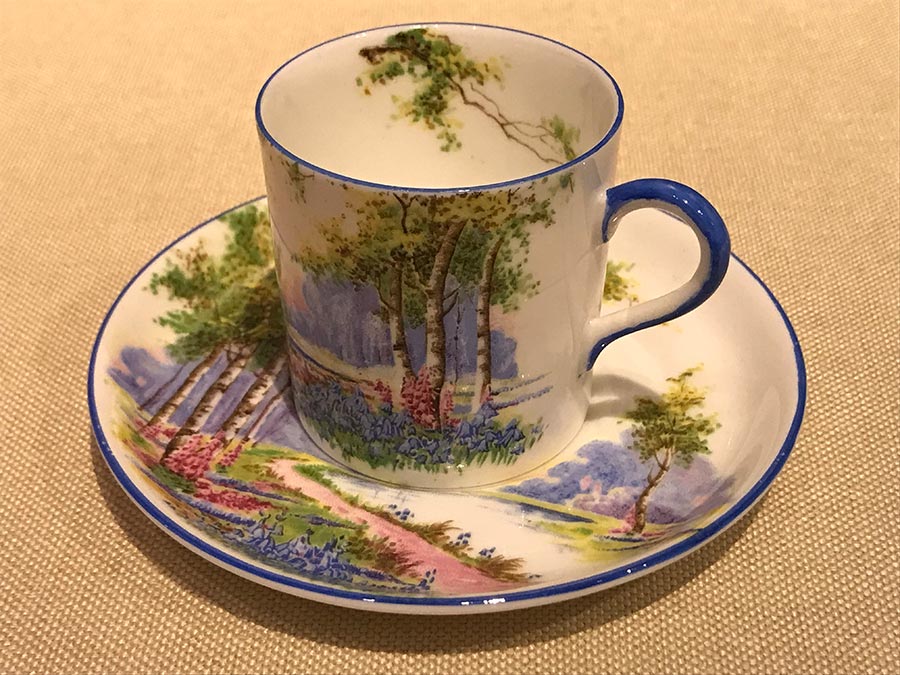Spreading stories through song
A woman plays a pipa lute and a man plucks a three-string zither. In traditional Chinese changsan or gown, the two, sitting by a table, sing stories about either modern romance or centuries-old classics in Suzhou dialect.
That is a common scene in teahouses, small theaters and even in those well-preserved ancient gardens in Suzhou of Jiangsu Province, which has been popular for more than 1,300 years.
The performances are usually on stage at night. The sounds of plucking and soft singing fill the humid air back in the alleys of the old city.
Suzhou Pingtan is a general term denoting Suzhou Pinghua and Tanci, namely, storytelling and ballad singing in the Suzhou dialect. Flourishing in Suzhou, it is also popular in neighboring Zhejiang Province and Shanghai.
The art has a long history. Pinghua developed from the storytelling art of the Tang (AD 618-907) and Song (960-1279) dynasties, and the performances are spoken-word only, there is no singing.
Pinghua is mostly performed by a narrator that holds a fan and a piece of wood while telling historical, judicial, heroic and epic stories. The most popular stories are The Tale of Yue Fei, Gallant Heroes, Outlaws of the Marsh, and The Seven Gallant Men and Five Heroes from the Three Kingdoms, The Sui and Tang Dynasties.
Tanci is mostly performed by two singer narrators, and occasionally by one or three narrators, accompanied by a three-string zither and a pipa lute, telling and singing stories from daily life and about love affairs. The most popular stories are The Pear Pagoda, The Jade Dragonflies, The Gilded Hairpins, and The Three Smiles.
Pingtan evolved from Bianwen, an art form that propagandized Buddhist teachings during the Tang Dynasty.
In the late years of the Ming Dynasty (1368-1644) and the early Qing Dynasty (1644-1911), actors and actresses began to perform in the Suzhou dialect, so Suzhou Pingtan emerged.
Suzhou Pingtan reached its peak during the reign of Emperor Qianlong (1739-1796) during the Qing Dynasty. In the subsequent two centuries, the art form continued to develop. It is still popular today.
Suzhou Pingtan is known for its storytelling, joke cracking, music playing and aria singing. It is performed solo, in duet or as a trio, and involves singing and storytelling. The small three-stringed plucked instrument and pipa (lute) are used as accompaniments. The ban, or wooden clappers, produces various styles of tone and melody.
Pingtan has absorbed popular folk tunes. Due to this development, Suzhou Pingtan features a diversity of styles in singing and storytelling.
After the founding of the People's Republic of China, the government set up Suzhou Pingtan School research offices and other institutes to protect and carry on this traditional art. After the 1980s, Suzhou Pingtan performers staged performances in Japan, Singapore, Italy, the United States and Canada, where they introduced it to overseas communities with great success.
China Daily with contribution from www.chinaculture.org
(China Daily 05/23/2007 page19)














